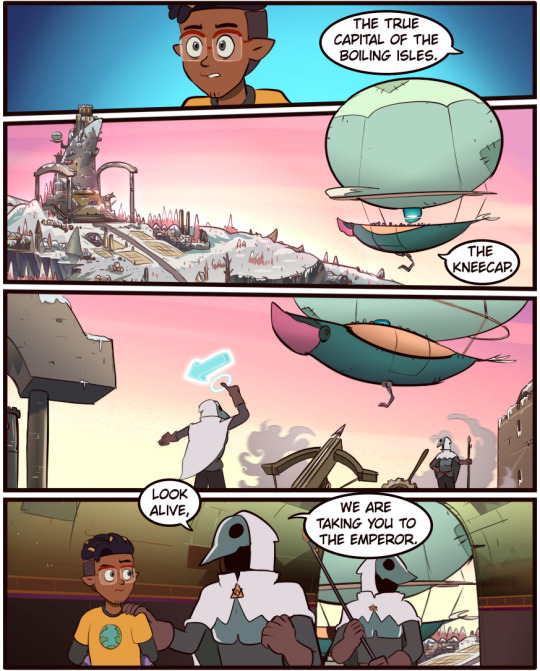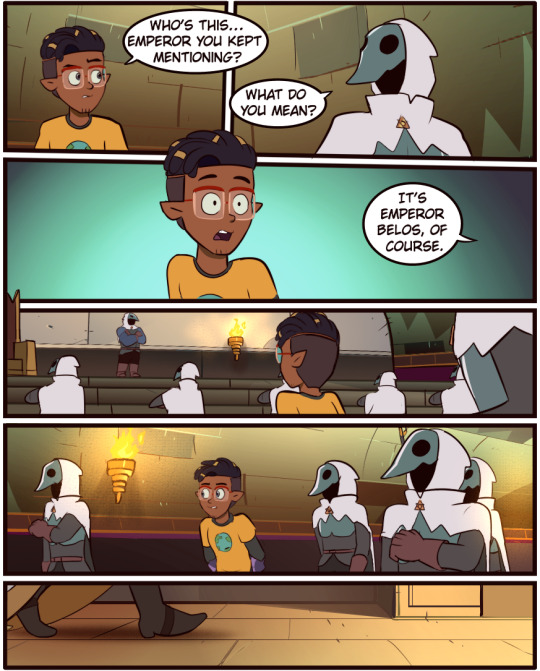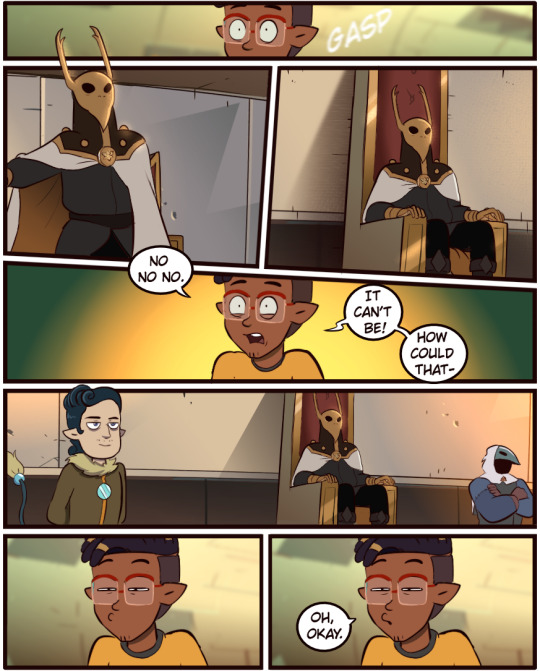Don't wanna be here? Send us removal request.
Text
Taylor Swift pop up museum
Reflecting on our class discussion, I'm really proud of the fan experience concept we came up with. Creating a pop-up museum centered around Taylor Swift's eras feels like a fantastic way to engage fans and immerse them in her world. We've put a lot of thought into making the experience accessible to people with disabilities, and I'm glad we're prioritizing inclusivity.
In terms of disability and economic accessibility, we've covered a lot of ground. From physical accessibility features like ramps and wide spaces to sensory accommodations like avoiding flashing lights and providing quiet spaces, we've tried to think of everything. Offering friendly fonts and audio descriptions is another important step to ensure everyone can enjoy the experience to the fullest.
Recognizing the overlap between disability frameworks and fan spaces has been eye-opening. By implementing measures to ensure accessibility, we're not only addressing the needs of individuals with disabilities but also creating a more inclusive environment for all fans. I'm proud that our approach reflects the social model of disability, which emphasizes the importance of removing barriers to participation and ensuring equal access for everyone.
I'm excited about the potential of our pop-up museum to create a welcoming environment where all individuals can fully participate and enjoy the celebration of Taylor Swift's music. By prioritizing accessibility in both digital and real-life fan spaces, we're setting a positive example for how fan experiences can be made more inclusive for everyone.
Overall, I'm really pleased with the direction our fan experience is taking. By incorporating principles of accessibility and inclusivity into our planning and execution, I believe we're on track to create a truly memorable and enjoyable experience for all fans.
1 note
·
View note
Text
Fan Autoethnography
I have played tennis my whole life. My dad first took me to the courts when I was around 4 years old, and since that I have not left. I got the chance to travel the world and become a student athlete at the University of Tampa. One of my favorite memories of tennis besides winning, and succeeding, is meeting my idol, Roger Federer.
I was lucky enough to work at the camp where I grew up playing tennis at, for the last 3 years. A place I often call my home, away from home. Verbier, Switzerland. My time working at a tennis camp was more than just a job. It was here, amid the lively courts and the buzz of enthusiastic players, that I developed a profound connection with tennis and, particularly, with its iconic figurehead, Roger Federer, because I was lucky enough to meet him. Let me take you through the journey of this bond and its lasting impact on me.
I embarked on a mission to collect Roger Federer's signature hats from his Nike days, when I was around 12 years old. Each hat, adorned with his unmistakable logo, meant more to me than just a piece of clothing. It was a tangible symbol of my unwavering support for the Swiss tennis legend. With every addition to my collection, I felt a surge of pride, a testament to my loyalty to one of the greatest athletes of our time.

Within the context of my fandom, there is a sense of camaraderie among fellow fans, creating an "us" versus "them" dynamic between fans and non-fans, or between fans of rival players, like fans of other great players. This dichotomy influences how fans perceive themselves within the larger tennis community, and who wears what gear. Like the Rafa hat vs the Roger hat.

But my connection with Federer went beyond mere material possessions. It found expression in the vibrant community of online fan groups, where enthusiasts from around the world came together to discuss Federer's matches, analyze his strategies, and revel in his victories. In these digital spaces, I found companionship and shared passion, united by our admiration for the tennis champion. So, to answer the question, how does anonymity affect the way your fandom communicates online? I would say that anonymity fosters openness and freedom of expression within online fan spaces. It allows fans to engage in discussions and interactions without fear of judgment, facilitating deeper connections and a sense of community among individuals with shared interests, like I have done.
Revisiting Federer's matches online became a cherished ritual, each stroke and serve a reminder of his mastery of the sport. Through social media platforms like Instagram, I followed Federer's journey, gaining insights into the life of a sporting icon. The day I had the opportunity to interact with him felt surreal, a brief but unforgettable connection with a figure who embodied excellence both on and off the court.

In a world where fandom can sometimes be misunderstood, I have often reflected on the significance of my allegiance to Federer and tennis. While some may view it skeptically, I see it as a testament to the enduring power of passion and admiration—a reminder of the profound impact that sports and their heroes can have on our lives.
Tennis and Roger Federer are not just interests to me; they are integral parts of my identity. While some may view fandom as a compensatory outlet, my experience suggests that it goes beyond mere compensation. Instead, tennis and Federer have enriched my life, providing joy, forging connections, and offering a deeper understanding of myself, indicating a more profound and fulfilling relationship with the sport and its iconic figure. Through my unwavering devotion to sport and its most celebrated ambassador, I have discovered joy, forged connections, and gained a deeper understanding of myself. As I continue to support him and watch tennis, I am reminded of the transformative power of fandom, which can turn spectators into active participants in the rich tapestry of sports history.

2 notes
·
View notes
Text
fanwork 4
youtube
0 notes
Text
Fanwork 3
Sex And the City's become a household name in pop-culture history and it has the right to be, for its female empowerment at its finest. Following the lives of Carrie Bradshaw and her girl squad, the rom-com celebrates the power and dynamic friendship between strong, independent women. This playlist represents the feminine framework.
0 notes
Text
Fanwork 2
Get ready to play " A Game of Love and Lyric" to help Taylor Swift write her new song.
1 note
·
View note
Text
The Owl House 03.14.2024
How are the following showing up in the owl house show? Culture, gender, econ centered and queer theory.
The show delves into various cultures, both fantastical and real-world inspired. Through the diverse cast of characters and the intricately designed settings, The Owl House explores the richness of cultural diversity. Whether it's through the customs of the Boiling Isles or the character backgrounds, cultural influences are omnipresent, fostering a deeper understanding of the importance of embracing different cultures.
The Owl House challenges traditional gender norms through its characters. Luz, the protagonist, defies gender stereotypes by embracing her unique identity and interests. Characters like Amity and Eda also subvert traditional gender roles, portraying strength, vulnerability, and complexity regardless of gender. The show emphasizes the fluidity and diversity of gender expression, promoting acceptance and inclusion.
The economic disparities within the Boiling Isles are subtly addressed throughout the series. Characters like Eda, who operates a small magic shop, navigate the challenges of making ends meet in a society where magical prowess often dictates socioeconomic status. The show critiques systems of power and privilege, highlighting the struggles of those marginalized by economic inequality.
The Owl House embraces queer representation with its characters and storylines. Luz's crush on Amity is a central aspect of her character arc, offering LGBTQ+ viewers a relatable and empowering narrative. Additionally, characters like Raine Whispers and Camila Noceda further diversify the show's representation, normalizing queer identities and relationships within the narrative.
What would you analyze with visual theory in the owl house?
In what ways do the character designs in The Owl House reflect personality traits and cultural influences?
How does cinematography enhance storytelling in The Owl House, specifically in terms of camera angles, lighting, and composition?
0 notes
Text






















FAN WORK 1
1 note
·
View note
Text
Labor
In a general sense, labor often involves the expenditure of time, effort, and skills to achieve a particular outcome. For me Hard Labor is Intensive physical or mental effort that requires significant exertion, and Labor of Love is Work that is done with passion and dedication, often stemming from personal interest or emotional investment.
Creating my Taylor Swift drink book was an experience that blended passion and effort. I see labor as not just a task but a labor of love, involving the dedication of time, creativity, and analytical thinking to bring a personal touch to something I enjoy.
The process of designing and researching the drink book was both fun and laborious. I loved delving into Taylor Swift's songs, giving them a deeper meaning, and creating a unique connection with each one through a drink. It was a labor of love because it combined my analytical skills with creativity, making it more than just a task. The enjoyment I derived from this project made it feel less like traditional "hard labor" and more like a fulfilling journey.
My favorite part was the creative process—designing and conceptualizing drinks that resonated with the essence of the songs. However, there were challenging aspects, such as certain research elements, that I found less enjoyable.
Looking forward to fan work #2, I plan to keep in mind both the enjoyable and challenging aspects. I want to optimize my creative process, perhaps finding ways to make the research more engaging, so I have more fun with it. Learning from my experiences, I aim to strike a balance between the analytical and creative aspects, ensuring that the next fan work is not only enjoyable for me but also resonates with others who share my passion for Taylor Swift.
0 notes
Text
Cant wait for when big youtube reaction channels finally pick up The Owl House... in like, 5 years, if were lucky
Seriously, i would do anything for more people to watch and talk about the Owl House, wheter that would be Youtubers, or non-cartoon fans, or the normie cishets in general.
Im mentioning the last one, becuase i feel like oftentimes, whenever TOH is praised, its just in the context of how great its diversity is. And thats 100% true, but... The Owl House isnt great just because its has POCs and Queer people in it.
The characters, the worldbuilding, the main antagonist, the amazing animation, the themes of the story...
THATS what i love about this show the most. Not just becuase its gay as Hell, but also becuase its one of the best series to come out of the western animation, EVER.
6 notes
·
View notes
Text
Week 3 Tumblr Post
While "The Owl House" primarily focuses on a magical realm, it also subtly incorporates themes that resonate with queer history. The characters' struggles with acceptance and fitting into a magical society parallel the real-world experiences of individuals within the LGBT+ community
Luz Noceda, as the main protagonist, is a character who doesn't conform to the traditional expectations of a hero. Her journey of self-discovery and acceptance aligns with narratives often experienced by individuals exploring their sexual or gender identity.
"Once Upon a Swap" is the eighth episode on the show, and in this episode Luz and King accidentally switch bodies provides an opportunity to explore gender identity and the challenges associated with understanding and embodying a different identity. This is also why I really like this episode because it has a meaning behind it, and it give people a look into the struggles of gender identity, that for people like me, and other people might have a hard time understanding, because it's not our reality to live.
I would say that the owl house is very interactive on social media, and uses a lot of humor and Parody, as well as they also do social commentary, and link their characters to social trends.
0 notes
Note
I reckon when Eda was a kid she'd position her bushy hair over her face and say, "Look Dad! I've grown a beard like you!" and Dell would be all 😭

That's so cute, Eda was definitely a Daddy's Girl!
2K notes
·
View notes
Text
Fandom Scavenger Hunt
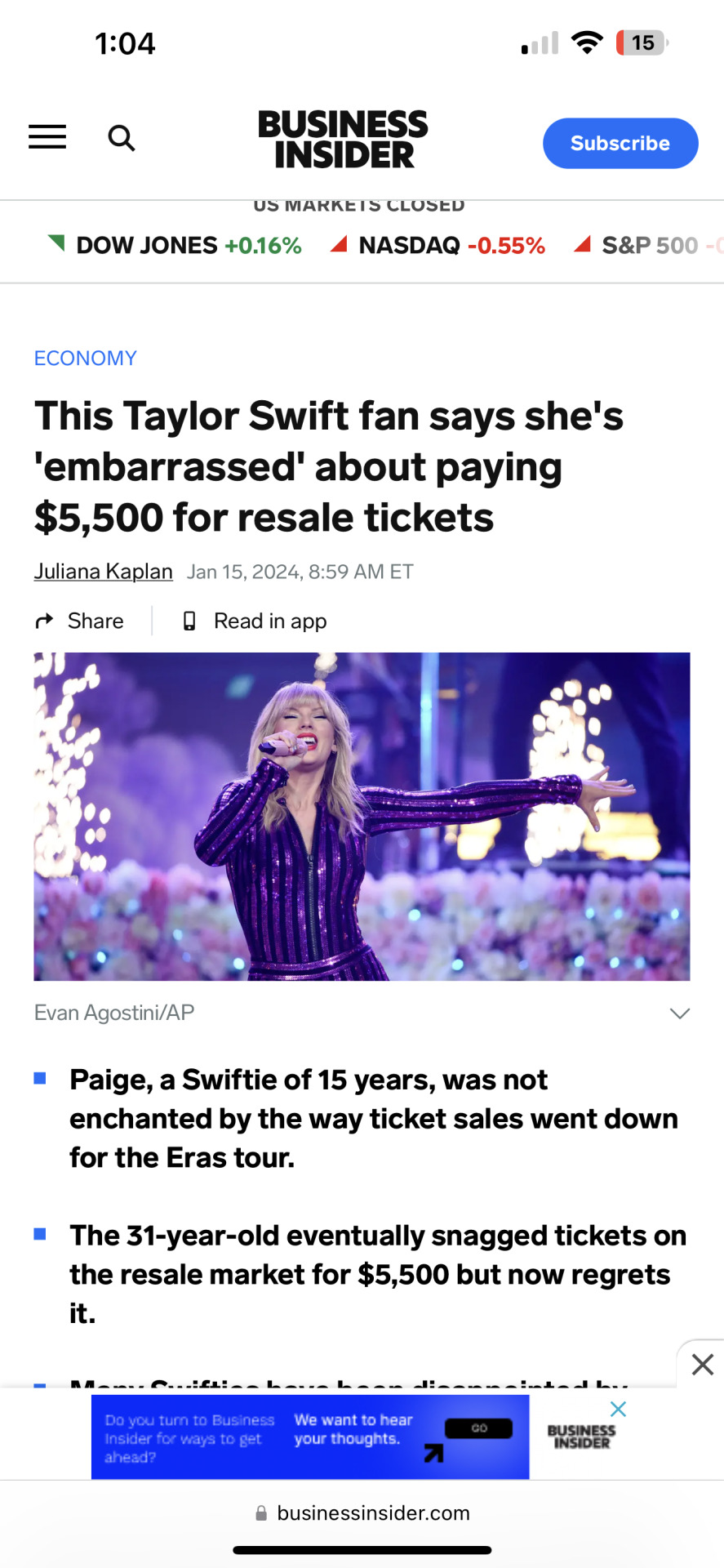
A fan using economic criticism to explore the media.
A fan using queer theory to explore the media:

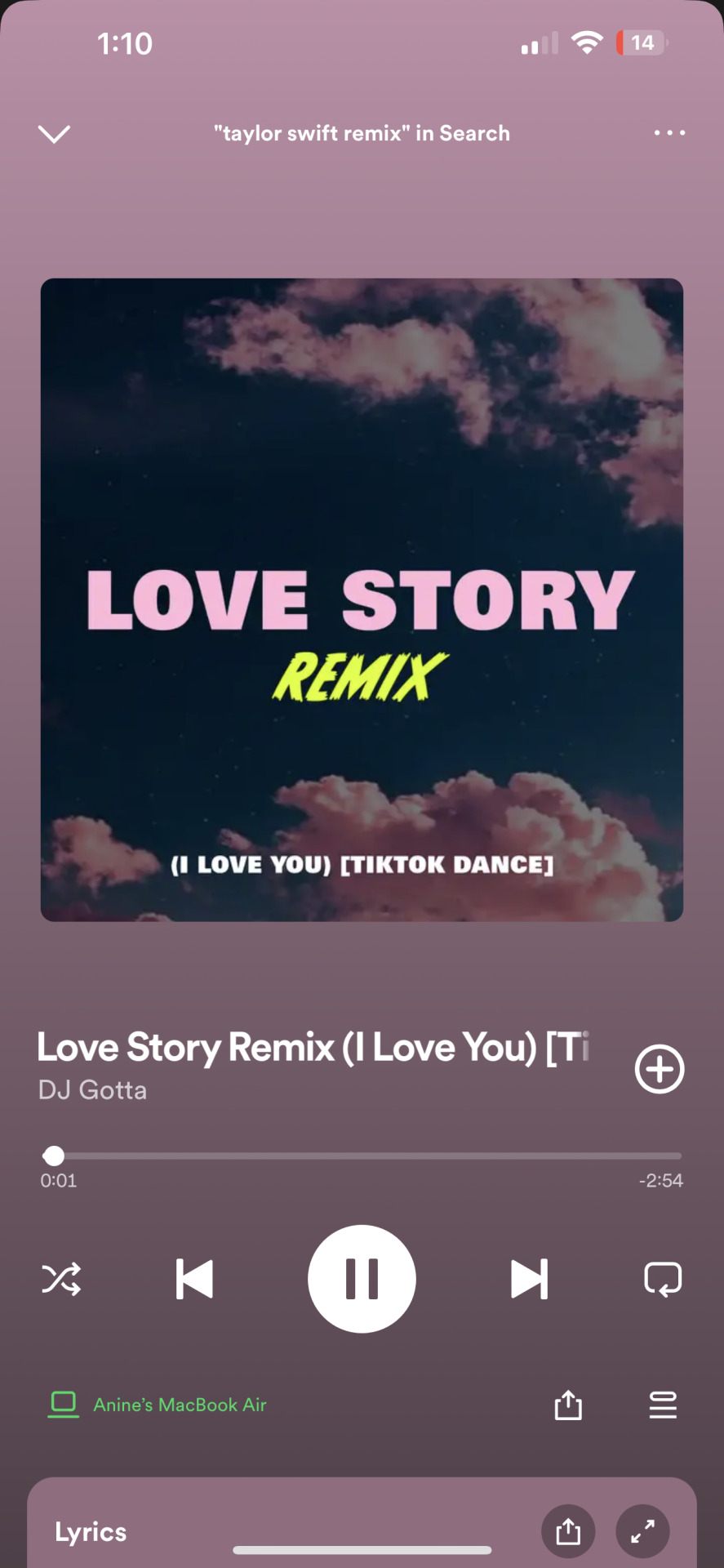
3. Fan art (music) that samples or remixes the media:

4. Merch that is "indie":

5. Examples of sub-cultures within the fandom:

6. Examples of gatekeeping:

7. Fan art (visual) that remixes a basic aspect of the media:
Summary:
This Fandom Scavenger Hunt shows diverse fan engagements within the Taylor Swift fandom, showcasing the multi-faceted ways enthusiasts interact with the media. A fan's economic criticism becomes evident when a devoted follower willingly pays $5,500 for a Taylor Swift concert ticket, prompting discussions about the economic aspects of fandom and the value placed on experiences.
Exploring Taylor Swift through the lens of queer theory, fans can delve into the artist's lyrics and public image, dissecting themes of identity, gender expression, and sexuality. This approach adds depth to the interpretation of Swift's work, considering the broader spectrum of cultural and social contexts.
Fan creativity takes center stage with a music remix that goes viral on TikTok. This remix not only reinterprets Taylor Swift's songs in a different genre but also demonstrates how fan-generated content can reach a wide audience, shaping the broader conversation about the artist's music.
Indie merch emerges as a form of expression, with independent artists crafting unique Taylor Swift-inspired items on platforms like Etsy. This reflects a desire within the fandom for more personalized and alternative merchandise options beyond mainstream offerings.
Within the fandom's sub-cultures, fashion-focused Swifties celebrate and discuss Taylor Swift's style, with each album influencing distinct fashion trends. This sub-culture highlights the impact of Taylor Swift's visual identity on fan expression and creativity.
On the flip side, gatekeeping emerges when fans assert their knowledge as the benchmark for true fandom. This exclusionary behavior, exemplified by identifying the subject of a song like "All Too Well," reveals tensions within the fandom about what defines authenticity and loyalty.
Lastly, visual fan art that remixes album covers, such as an Art Deco-inspired poster of Taylor Swift. This showcases how fans reimagine and reinterpret basic aspects of the media, contributing to the rich tapestry of fan-created content within the Taylor Swift fandom.
0 notes
Text
Fandom & Collecting Summary
Objects of fan devotion often carry cultural significance and can symbolize economic capital. Despite the potential financial value, fans frequently opt to retain valuable items, prioritizing the personal meaning over monetary gain. Consider a fan experience analogous to the fervor generated by Nike's collaboration with Travis Scott, where the cost of the shoes surged to extraordinary levels. Similar to devoted fans avidly seeking to acquire these exclusive items, the allure of rarity and exclusivity drove prices to astonishing heights, instigating a fervent atmosphere among collectors. This phenomenon underscores the intersection of fandom, culture, and economic value, reflecting the remarkable price fluctuations observed in the realm of sneaker culture.
The analysis we read critically examines the motivations behind fans' inclination to collect items tied to their fandom. It categorizes different collector types and delves into two case studies of well-known collectors, highlighting their distinctions. Moreover, the study explores the social hierarchy within fandoms, recognizing the inherent power dynamics prevalent in these social spaces.
I do align with numerous assertions presented in the chapter, because I have observed the escalating prices of fan items, particularly rare ones like the Travis Scott sneaker.
0 notes
Text
Chapter one
Addressing potential harm involves being mindful of the impact of fan activities on individuals or groups. Copyright material pertains to respecting intellectual property rights when creating fan content. Informed consent is crucial, especially when involving real people in fan creations. The distinction between focusing on text or characters versus real people highlights the ethical implications of fan engagement. Conflict of interest emphasizes the importance of maintaining unbiased perspectives within fan communities.
2 notes
·
View notes


